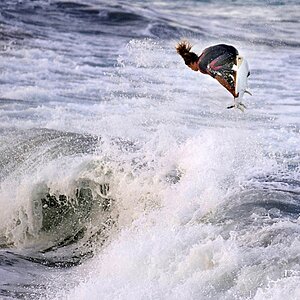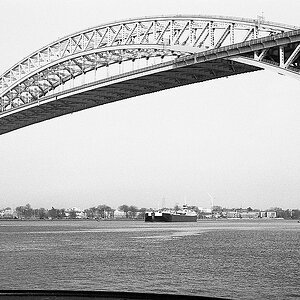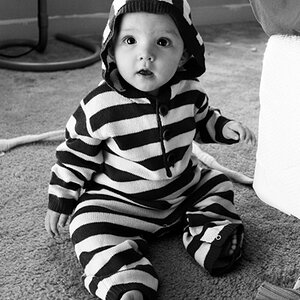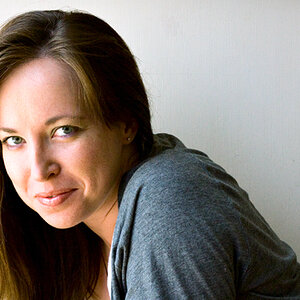newrmdmike
TPF Noob!
- Joined
- May 8, 2006
- Messages
- 2,107
- Reaction score
- 1
- Location
- it varies.
- Can others edit my Photos
- Photos NOT OK to edit
then they may look more like these. I think about how distorted in one way or another our memories are, and how they are full of 1/2 truths. then i think about how i push one reality with photographs and looking back found some that i felt were distorted in a way that lent to the purity of my memories rather than a more decisive photograph . . . or more CLEAR and defined.



all 3 of these are for me vey clear, or at least the memories i have associated with them, and perhaps its because of the vagueness. somehow these photos all taken over a year ago, still manage to evoke a very strong memory from the time they were taken, even though i knowingly took them out of focus, or with very selective focus. could it be that the less detail we give ourselves, that with only enough detail to rely on our brains - that we are able to evoke a more emotional response in ourselves?



all 3 of these are for me vey clear, or at least the memories i have associated with them, and perhaps its because of the vagueness. somehow these photos all taken over a year ago, still manage to evoke a very strong memory from the time they were taken, even though i knowingly took them out of focus, or with very selective focus. could it be that the less detail we give ourselves, that with only enough detail to rely on our brains - that we are able to evoke a more emotional response in ourselves?


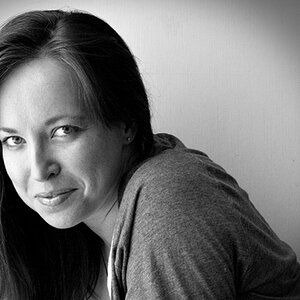
![[No title]](/data/xfmg/thumbnail/31/31034-2d8812b75c0bd23fdc2c885c24194e1f.jpg?1619734580)

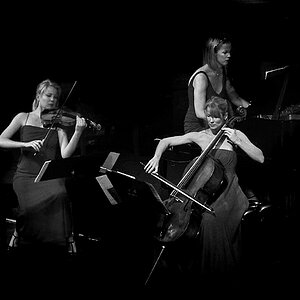
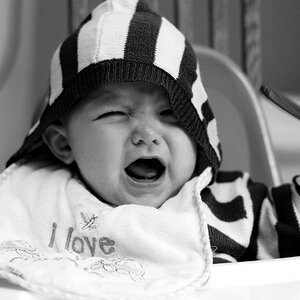
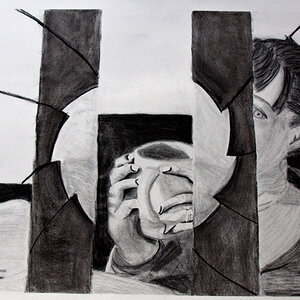
![[No title]](/data/xfmg/thumbnail/36/36667-b3265abf8272f21d759a0abd6a0995c3.jpg?1619737676)

